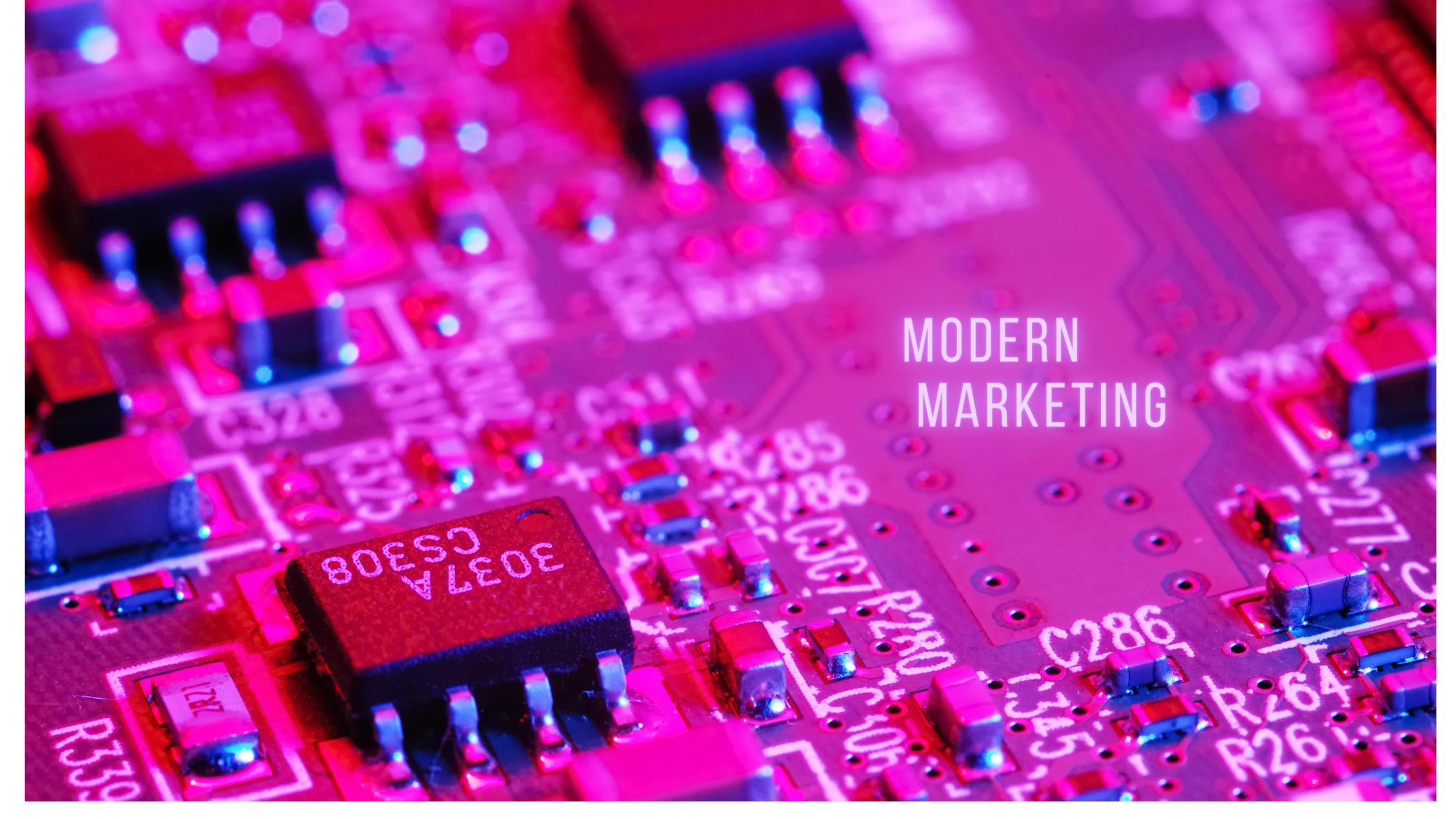When thinking of marketing, many of us conjure up images of the Mad Men era of advertising where creativity, and a largely captive broadcast audience, guaranteed success. Marketing in 2020 looks radically different. When I talk to marketing leaders, across sectors, the conversation inevitably drifts to the dizzying pace of marketing change.
What has caused this high velocity change? In 2011, Scott Brinker introduced his “Marketing Technology Landscape” with 150 marketing technologies. By 2020, there were over 8,000 products and services on the latest edition of his technology map. These tools and technologies equip marketers with superpowers that could not have been imagined in the Mad Men era. In addition to marketing technology, customer behavioral shifts, and an exploding digital media landscape all contributed, and continue to contribute, to this seismic change. Gone are the days when organizations can think of marketing as just advertising.
It is important to note that modern marketing is not a departure from the fundamentals of marketing. Marketing remains a strategic function, rooted in market and customer intelligence, that identifies and communicates with audiences, engenders customer and brand value, and is accountable for revenue growth. What has changed is all the new ways in which marketing teams can accomplish these core goals.
While marketing strategies and tactics vary industry to industry, these eleven tips have broad applicability.
1. Lead with the Customer
Marketing is most successful when it is built around the customer, and customer experience, rather than internal structures. While a product focus is important, organizations that focus solely on products, at the expense of customers, often miss customer-centric solutions and building true customer value.
To lead with the customer, you need to listen to and understand the needs of your various customer segments. Modern marketing provides new ways to listen to customers that move beyond traditional market research, including analyzing customer data, observing customer behavior, tracking social media sentiment, and identifying intent. Brands that differentiate, connect market research to customer analytics and develop robust customer feedback programs that augment their formal research agendas.
Customer data is your most important marketing technology investment. It is fundamental to everything else. To borrow a card from Monopoly, you cannot pass “go” until you visit your customer data agenda.
2. Successfully Adopt Marketing Technology (MarTech)
It is impossible to compete without marketing technology and MarTech is only growing in importance. Post Covid-19, 68% of CMOs expect MarTech spend to increase next fiscal year (source: Gartner). Too often organizations procure marketing technology without enough care to how the technology will be used. It is critical to remember that technology is only an enabler. Marketing technology is about deriving more from marketing activities — and to be successful it often requires change to marketing strategy, organizational design, and processes.
3. Embrace Modern Branding
Customers’ expectations of brands have intensified. Customers are increasingly looking to align with brands that deliver an excellent customer experience and where they see evidence of shared values.
While branding is always important, organizations with strong branding strategies – particularly ones that turn to the art of storytelling to build emotive connections with customers – are able to more successfully navigate through times of disruption. Gartner’s most recent CMO survey, which was administered during COVID-19, showed that “brand-strategy has leap-frogged to the top of marketing capabilities. From its lowly position, near the bottom in 2019, with one third of CMOs now placing it in their top three.” An investment in branding acts like a kind of annuity: it serves as a foundation to marketing strategy and provides a return for many years to come.
4. Grow Inbound Marketing
While there is still a place for outbound marketing, modern marketing organizations prioritize inbound marketing. Outbound marketing tactics, such as telemarketing, trade-shows, and advertising push marketing messages and as a result are often perceived as “salesy” and an interruption.
In contrast, inbound marketing pulls customers to a brand. It requires a customer’s permission or meets the customer where they want to be. Social media, content marketing, SEO (search engine optimization), influencer, and advocate marketing are all examples of inbound marketing. In addition to improving your marketing performance, a robust inbound marketing program can reduce reliance on list procurement and paid media (i.e. advertising) costs.
5. Allow Data to Drive Focus and Accountability
Marketing technology enables marketing teams to collect, connect, and analyze new and powerful data sets. Marketing data capability is so fertile that it can fuel decision making across the entire organization. This is especially true for publishers where marketing data can identify trending content, find prospective authors, and present buyers (e.g. librarians) with compelling evidence of product value and usage.
In addition to spotting opportunity, data forces focus by spotlighting areas for disinvestment or reprioritization. This is especially true for marketing activity. By framing marketing activity in terms of what it costs to deliver and what revenue, or other value, it generates, marketing can become more accountable.
6. Embrace Modern Organizational Design
Team construction is paramount. Balance your team with both analytically oriented team members and creative individuals. Marketing is increasingly about specialist roles and you will need to decide in which areas you require, and can afford, dedicated specialist skills. It is equally important that you have some more general, highly adaptable talent that can meet emerging needs.
Embrace blended marketing structures that balance internal and external expertise. Contractors or agencies can fill internal skill gaps where it is too difficult or costly to hire in highly specialized marketing skill-sets (for example, publicists, market researchers, or SEO specialists.) Contractors keep your core team lean. This is a prudent strategy in times of disruptive change and market uncertainty. It allows you to be agile and add resources when, and only when, you need extra support.
7. Integrate Your Marketing
Marketing activity used to be siloed by channel or team. Now, modern marketing integrates or blends marketing and communications activity into one holistic strategy. For example, a successful, modern marketing campaign will have advertising, PR, sales support, social media, and direct marketing working collaboratively (rather than siloed activities). Organizations should look to invest in marketing planning processes and tools that help organizations manage integrated campaigns across specialist teams.
8. Support Your Marketing Leadership
If you wish to develop and empower your marketing leader, consider coaches, mentors, and advisors. According to MIT Sloan, the modern senior marketing leader, is expected to wear many hats—Chief Marketing Officer (CMO), Chief Growth Officer, Chief Customer Officer, and Chief Experience Officer. The role has never been harder. Korn Ferry reports that CMOs face the shortest tenure of all C-level roles.
In addition, the role has never been more important. Modern marketing leaders are agents of cultural change pivoting the whole organization to focus more on data and the customer. The role of marketing as the “organizational glue” has put pressure on organizations to hire CMOs (Chief Marketing Officers) that are active listeners, strong collaborators, and natural simplifiers. McKinsey analysis demonstrates, “that high-growth companies are seven times more likely to have a Unifier CMO—someone who fosters robust, collaborative partnerships across the C-suite—as the more isolated archetype we call Loner”.
Supporting marketing leaders, with external help, especially as they navigate high velocity change, is a wise investment. With fresh perspectives, hard-earned experience, and impactful frameworks, coaches can elevate and support your existing marketing leadership talent —and by extension your whole organization.
9. Embrace Agility
Agility and speed are critical in modern marketing. Try piloting a minimum of one agile marketing project a year. Pick a key organizational priority and “stand-up” (i.e. set-up) an agile marketing team solely focused on this priority.
10. Plan and Invest in the Future
A winning marketing strategy balances short-term metrics with longer-term strategic aims. It is a bit of cliché, but it is true, when it comes to marketing you need to spend in the short term to accrue value in the longer-term. Marketing automation is the perfect example of an investment that, when implemented well, leads to sustained savings and improved marketing metrics. The natural first step on a modern marketing journey is a marketing audit to assess how your organization maps to the capabilities needed to maximize marketing impact.
11. Be Open to Partnership
Encourage marketing teams to develop strategic partnerships and collaborations to extend reach, complement service offerings, and align with organizations that share value and purpose. A great example of a company embracing partnership is the General Assembly, a coding academy. General Assembly partners with numerous organizations to help advance their social impact—including Adobe (to create programs for undeserved communities) and the US Government (to enable veterans to use their GI Bill towards tuition.) To quote Steven Covey, “Synergy is what happens when one plus one equals ten or a hundred or even a thousand!”
Why care about modern marketing?
The answer is simple: it delivers results. As McKinsey observes:
“Marketing departments need to be rewired for speed, collaboration, and customer focus. It’s less about changing what marketing does and more about transforming how the work is done. Based on successful cases we’ve seen, we estimate that making this change can unlock 5 to 15 percent of additional growth and trim 10 to 30 percent of marketing costs.”
My personal experience, of leading marketing transformations, echoes McKinsey’s findings: modern marketing is a major driver of cost reduction, increases competitive advantage, and facilitates growth. For most organizations, the benefits extend past the marketing function. When done well, modern marketing can be the catalyst for organization-wide digital and strategic transformation.
Additional Resources:
- Workshops: Introduction to the Modern Marketing Model, Where to Start in Marketing Transformation, and The Marketing Technology Business Case.
- Consulting Services: Marketing & Digital Transformation and CMO Coaching
- Playbooks: in numerous modern marketing areas




